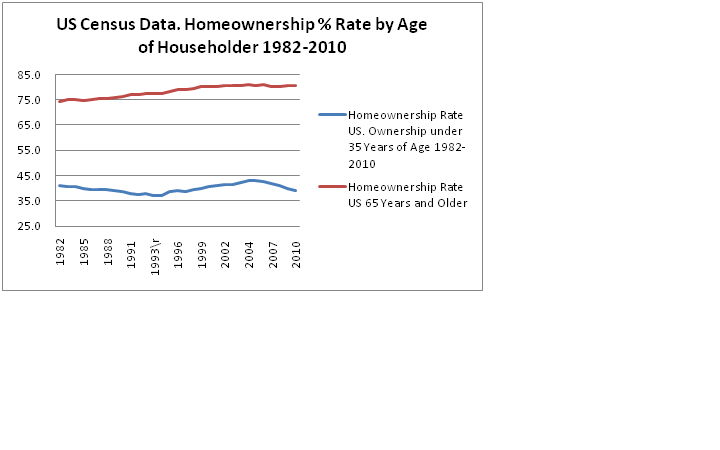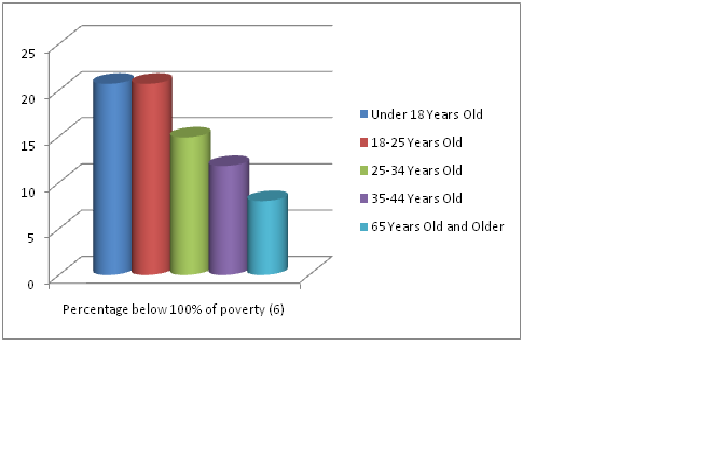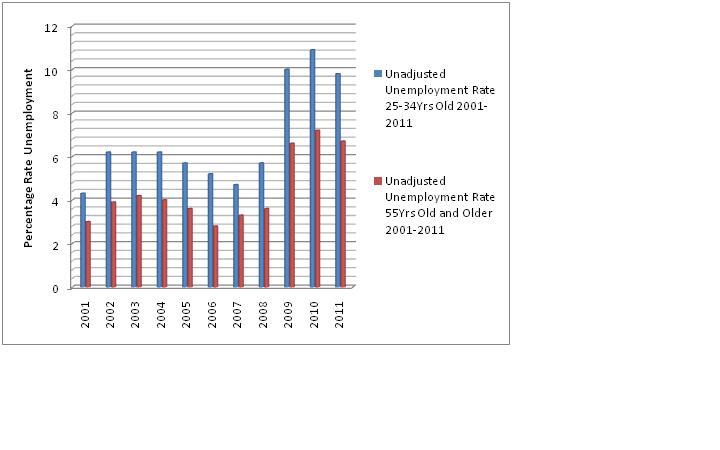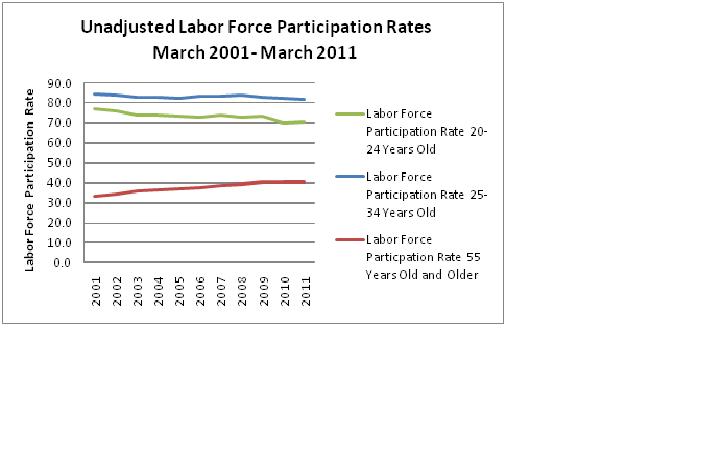Two years into the official recovery, some things about the great recession are well known. Many other vital facts and contours are only beginning to emerge. A very distressing, on-going feature of the downturn is the disproportional havoc it is wreaking on the young. You have heard the last few years called a mancession. The disproportionate impact on male workers from declines in construction and manufacturing are well known. Less well known is that this recession continues to debilitate younger Americans disproportionally. America's future continues to struggle. People under 35 years old are not getting the new jobs we create. Employment, home ownership, and wage increases are bypassing younger Americans. As state and local budgets are cut, education and services for the young are contracting especially sharply. Teachers and education workers are being let go. Head Start, supplemental nutrition programs and educational grants are being cut. Thus, we are likely to see younger Americans risk falling behind past generations and competitors in other nations. Real solutions will require us to get serious about the economic conditions of young people and stop simply evoking concern as an applause line.
Home ownership among young Americans has contracted by a jaw dropping 10% over the last few years. The US Census tells us that home ownership rates among those under 35 have fallen from 43% in 2005 to 39% at the end of 2010. These rates continue to fall as this goes to press. Tighter credit standards, weak labor markets and rising down payment requirements all contribute. Younger households continue to be hard hit by foreclosure. Fewer young people can afford homes and losses of homes continue. Young families and couples have are missing the earnings, savings and credit scores required to form households and buy homes. This is also a contributor to the continued weakness in housing markets.

Figure 1. Source US Census Housing Vacancies and Home Ownership (CPS/HPS)
The younger you are in America the more likely you are to be poor. This has long been true, but has become pronounced across the great recession. In the years 2008 and 2009 we saw large increases in poverty nationally and particularly for the young. In 2008 14million Americans under 18, 19%, lived in poverty. By the close of 2009 we had 15.5million Americans under 18 living in poverty, 21%. Since the recession began, people under 18 years old have poverty rates 45% higher than the general US population. 6.3% lived of all Americans lived on less than 50% of the US poverty income level in 2009. 10.4% of Americans 18-24 lived on less than half of US poverty income in 2009. Poverty and severe poverty are concentrated among younger Americans. There is little doubt that youth centric poverty increase is continuing. We will have to wait for government data to update these statistics. We already know to be alarmed as we see federal, state and local officials targeting the young for massive cuts during rounds of budget balancing.

Figure 2 US Census Annual Social and Economic Supplement (ASEC) 2010
Younger workers earn less, get less valuable benefits and tend to have fewer job protections. 25-34 year old Americans earned 80cents on the dollar for 55-64 year olds in 2009. Younger workers are paid lower wages at or above the same rate that we are used to seeing displayed for women workers, as against male workers. Clearly there are experience and productivity issues across age lines. There also seems to be a growing problem of poverty and limited upward mobility among younger Americans. Younger people have experienced higher unemployment rates over the last decade. This has become more pronounced during the recent recession. People need to be and should be working during their prime productive years, 24-35.
Figure 3. BLS Data for Unadjusted Unemployment Rate. All Values for March 2001-2011
Across the last decade and particularly across the last few years, we are seeing labor force participation rates increasing for older workers and falling for younger workers. This is unusual and has received very little attention. Some of these shifts are explained by people going back to school during weak labor market periods. This does not explain the entire change or the longer term trend. Figure 4 below looks at the falling labor force participation rate among 20-35 year olds and rising labor force participation among those over 55. We are seeing higher unemployment and lower labor market participation among the young who are the poorest group by age. Needless to say, this is a disturbing trend and requires significant attention.
Figure 4. BLS Data Unadjusted Labor Force Participation Rates by Age
Increasingly difficult conditions for younger Americans should be of paramount concern. This is especially true as we enter into an election super-cycle defined by budget cut proposals. Younger Americans tend to receive less focus and more than their fair share of cuts. Lower voter registration and turn out, as well as less organization among younger people contributes to suggestions that the young shoulder too much of the burden from cutting. This is bad for America and terrible for our future. Over the last few months we have seen this as many thousands of local teachers and education workers are dismissed each month. 32,000 local education workers and 5000 state education workers have been dismissed since February 2011. Younger teachers are the most likely to be let go and our youth is left in under staffed class rooms attended by teachers struggling under political attack, declining conditions and benefits.
I don't think the realities sketched in the charts and observations above are consistent with staying competitive in the global economy. Amid loud calls to save our children and grandchildren from excessive debt-- a worthy goal -- we seem to be saving them from the ravages of education, employment, health care, affluence and opportunity. This is no way to win the future.

